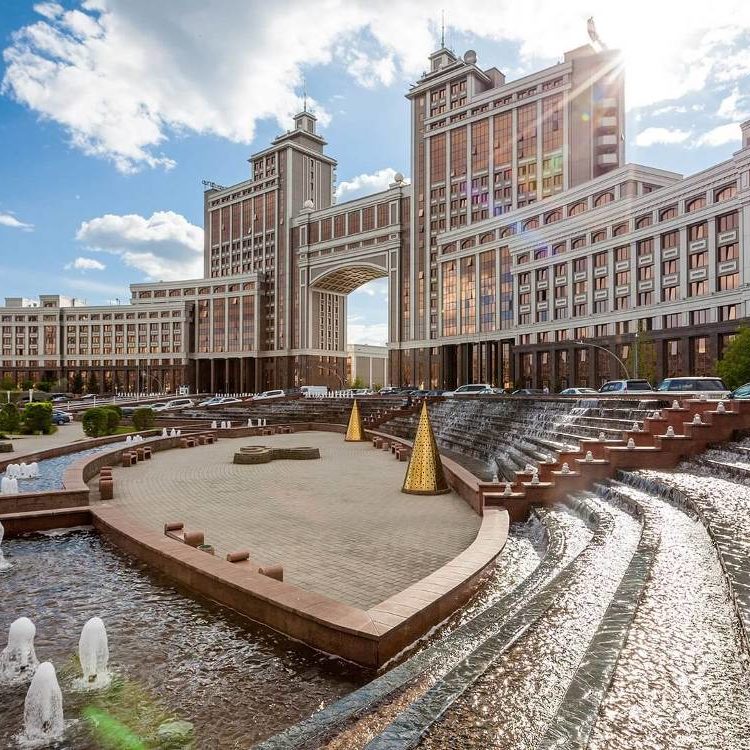Astana became the capital city of Kazakhstan in 1997, and since then has developed economically into one of the most modernized cities in Central Asia. It is located on the banks of the Ishim River in the north portion of Kazakhstan, within the Akmola Region, and is the second largest city in Kazakhstan behind Alamaty.
Modern Astana is a planned city, like Brasília in Brazil, Canberra in Australia, Washington, D.C. in the United States and other planned capitals. After Astana became the capital of Kazakhstan, the city cardinally changed its shape. The master plan of Astana was designed by Japanese architect Kisho Kurokawa. As the seat of the Government of Kazakhstan, Astana is the site of the Parliament House, the Supreme Court, the Ak Orda Presidential Palace and numerous government departments and agencies. It is home to many futuristic buildings, hotels and skyscrapers. Astana also has extensive healthcare, sports and education systems.
Today, the city is an important industrial and cultural center of the republic, and also a railway and motor transportation hub. The industry of the city is known for agro-industrial mechanical engineering, the food industry, and processing of agricultural materials. Tourism in Astana is the most important development of the 20th century in Kazakhstan.














